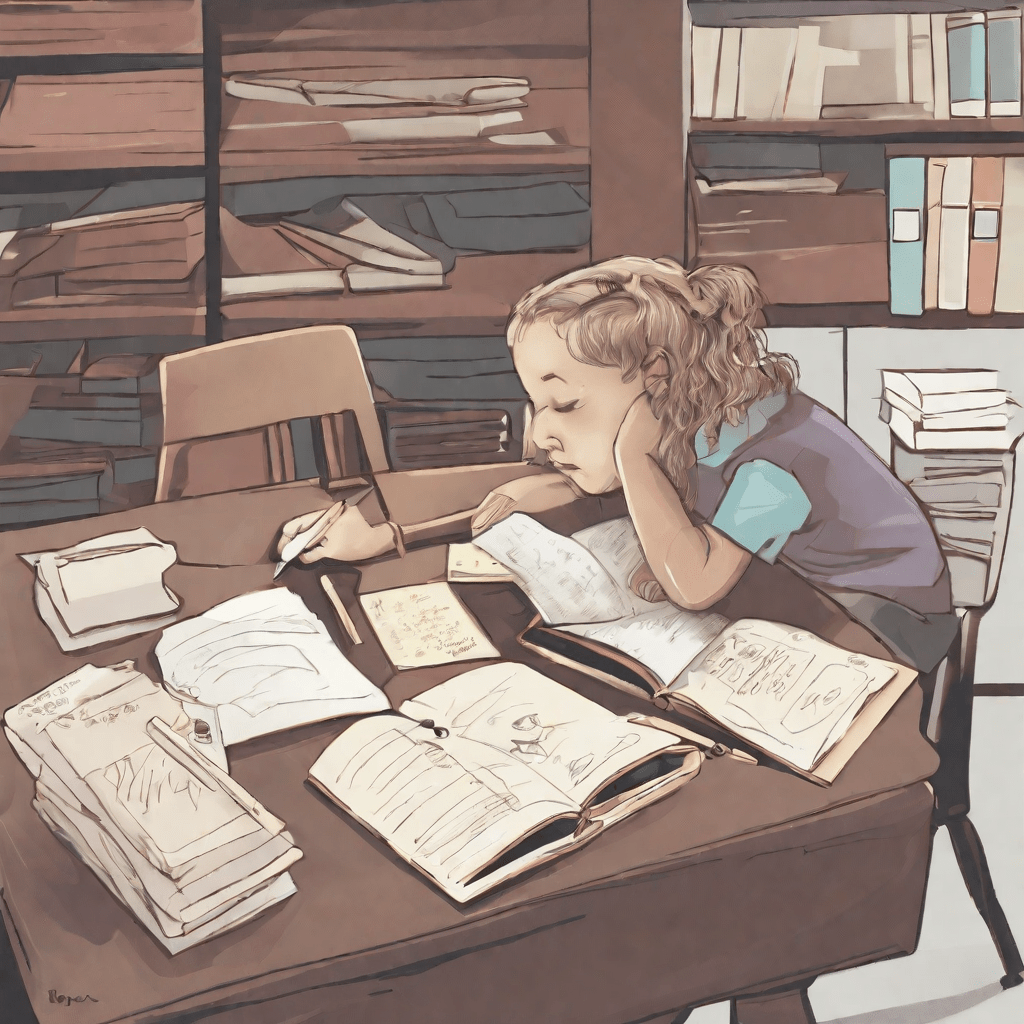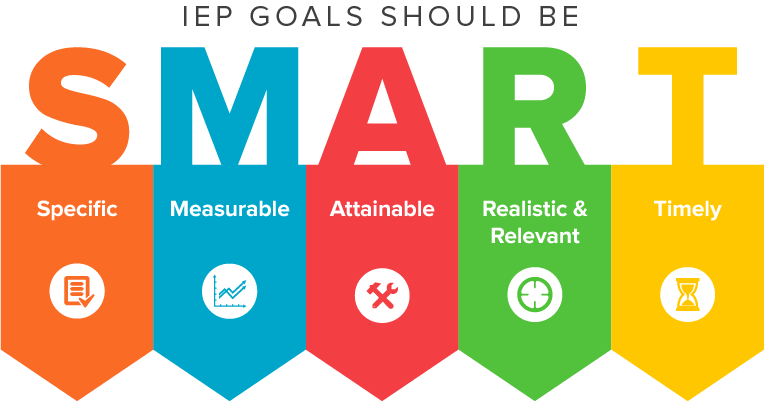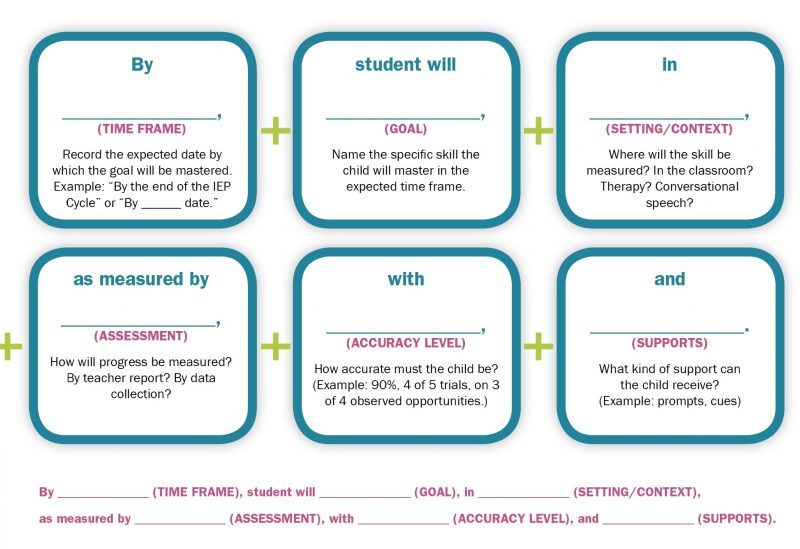How Should IEP Goals Be Written?

IEP goals, which form a significant part of a student’s Individualized Education Program, are critical in guiding the education journey for students with unique learning needs.
This personalized set of schooling objectives assists in charting out the most efficient educational route to fulfil the specific learning stipulations of a student.
By delineating measurable academic and behavioral milestones, IEP goals provide a direction for formulating effective instructional methods.
These specialized goals are not simply fundamental requisites in a special education program; they are keystones that can unlock the doors to meaningful learning experiences for special needs students.
The importance of having these goals properly articulated in a student’s IEP cannot be overstated.
Achieving clarity in their formulation allows for better monitoring of a student’s progress.
Similarly, specificity in their conceptualization facilitates the tailoring of teaching approaches that best cater to the individual capabilities and predispositions of a student.
The crafting of IEP goals, though essential, can pose as a complex task fraught with complexities. It is essential to ask: how should these IEP goals be written to maximize their efficacy in steering a student’s learning trajectory?
The subsequent sections will delve into this query, shedding light on the salient aspects to consider when formulating educational milestones in an Individualized Education Plan.
Understanding the Individualized Education Program (IEP)
The Individualized Education Program (IEP) is an essential tool uniquely customized for every student who is part of a special education program.
It provides a structured approach to ensure each student’s unique needs and abilities are met, enabling them to thrive in their educational journey.
Crafted by a dedicated IEP team, this plan includes various components, like IEP objectives and measurable academic goals, which are paramount in shaping a student’s learning experience.
Delving into the IEP Basics
While IEPs are widely known in special needs education, understanding their function and importance offers a solid foundation to the discussion on IEP goals.
An IEP is a legally-binding document that outlines the specific learning goals, educational accommodations, and services a student with a disability will receive.
It is tailored to a student’s individual learning strategies, accommodating both their strengths and areas of challenge.
The IEP is not only for those with learning disabilities but is also a pivotal guide for students with other specific requirements that affect their learning, such as speech impairments, emotional disorders, and cognitive challenges.
The Imperative Role of the IEP Team
An integral part of the IEP process is the formation of a dedicated IEP team.
This team primarily consists of the student’s parents or caregivers, special education teachers, general education teachers, a school district representative, and when appropriate, the students themselves.
The IEP team collaborates in setting IEP goals, monitoring student progress, and adjusting objectives as necessary.
They work diligently to outline a personalized education plan that resonates with the student’s educational needs and life skills.
Quantitative measurements and behavioral IEP goals are also put under the team’s purview, ensuring a comprehensive approach to the student’s learning journey.
By understanding the foundations of an IEP and appreciating the collaborative effort of the IEP team, one can better comprehend the complexities and significance of writing effective IEP goals.
Guidelines for Writing Effective IEP Goals
Setting appropriate IEP goals is a critical feature in enhancing a student’s success within a special education program.
These guidelines focus on crafting IEP objectives that are productive and beneficial, offering students the opportunity to achieve their fullest potential.
The process requires understanding the student’s unique needs, implementing proven strategies, and making informed decisions based on relevant data.
The SMART Approach to IEP Goals

An effective way of formulating IEP goals is by applying the SMART (Specific, Measurable, Achievable, Relevant, Time-based) approach.
This method ensures that every goal set is well-defined and tailored to the student’s abilities and needs.
Specific learning goals clearly state what the student will learn or improve upon. A measurable academic goal allows for accurate tracking of progress, with achievable milestones in view.
Relevancy ensures that the goal aligns with the student’s educational and personal development.
Lastly, a time-based goal is set with a specific timeline in mind, thus fostering realistic expectations and timely evaluations.
This approach helps in designing goals that are not just attainable and time-considered, but ones that can be dynamically measured and modified as per the student’s progress.
Tailoring IEP Goals for Student Progress and Needs
IP goals should be custom-created to meet each student’s unique needs and capabilities.
They should align with a student’s individual learning strategies, foregrounding their strengths while also addressing areas of challenges.
Furthermore, the goals created need to cater to the entire spectrum of the student’s development, this includes academic achievements, behavioral advancements, and the acquisition of essential life skills.
In the context of special needs education, a personalized education plan that includes tailored IEP goals provides a comprehensive framework to gauge the student’s progress and adapt to their evolving requirements.
This plan not only includes academic advancements, but may also encompass behavioral IEP goals.
In conclusion, writing effective IEP goals involves a thought-out structuring and proficient understanding of the individual student’s needs.
Through the SMART approach and a personalized lens, IEP goals can ensure meaningful growth and learning for every student in their educational journey.
Practical Examples of Well-Written IEP Goals

Understanding how to craft effective Individual Education Plan (IEP) goals is one aspect of the process.
Seeing these principles put into action, however, provides invaluable insight into how well-structured objectives can have significant impacts in the realm of special education services.
Let’s delve into some practical examples across various learning areas.
Real-Life Examples of IEP Goals
Each IEP goal corresponds to the unique needs of the student and is grounded in individual learning strategies.
For instance, if a student battles with writing skills, a well-formed IEP goal could be: “In the span of an academic year, the student will improve their ability to construct complete sentences that convey clear meaning, as demonstrated in a six-point writing rubric, for four out of five short essays.”
For a student with a social communication challenge, an IEP goal might be: “Within six months, the student will demonstrate improved social interaction skills, as measured by initiating conversation with peers in four out of five opportunities during unstructured play times.”
Interpreting the Approach and Outcomes
The given examples of IEP goals illustrate the principle of intentional design.
They are specific (improving sentence construction skills or social interaction), measurable (utilizing a writing rubric or counting initiations), achievable (within the potential of the student), relevant (pertaining to their educational and personal needs), and time-based (set within a clear and realistic timeline).
This application of the SMART approach fosters a well-structured, measurable academic goal.
Furthermore, these examples resonate with the idea of tailored learning goals.
Each goal is aligned to individual student’s needs, considering their learning disabilities, skills, and competencies.
The intended outcome of these goals varies, but ultimately, it is about enriching the student’s academic, social, and behavioral skill sets in alignment with their individual potential.
Through these examples, it becomes evident how meticulously crafted, implementing these IEP goals in special education programs can steer effective learning journeys.
Steering Successful Learning Journeys with Robust IEP Goals
Writing effective goals in an Individualized Education Plan (IEP) plays a pivotal role within the ambit of special education programs.
These goals, which form the nucleus of personalized educational experiences, cater to the unique learning strategies and needs of each student.
Understanding the functionality of IEPs in their entirety, inclusive of the critical role played by the IEP team, lays the groundwork for shaping successful academic trajectories for students.
Constructing meaningful IEP objectives calls for a methodical approach, reflected by the SMART methodology.
The employment of specificity, measurability, achievability, relevancy, and a defined time frame ensures that IEP goals are not only comprehensive but also encourage academic and personal development.
Coupling this approach with the customization of goals to align with a student’s needs is instrumental in producing an IEP that is both impactful and reflective of the student’s potential.
The insights gained from real-world examples of well-aligned IEP goals further bolster the understanding of how theoretical principles are seamlessly translated into practical applications.
With a keen focus on the individual needs and capabilities of a student, each IEP goal becomes a stepping stone, directing their progress in a nuanced and meaningful manner.
As we navigate the multifaceted realm of special needs education, it is important to remember that a student’s learning journey is not defined by their challenges but by the support, resources, and tailored teaching methods they receive.
Adapting the knowledge and insights shared in this discourse allows us to embark upon that path – crafting robust IEP goals that become the beacon guiding the educational journey of each unique learner.
